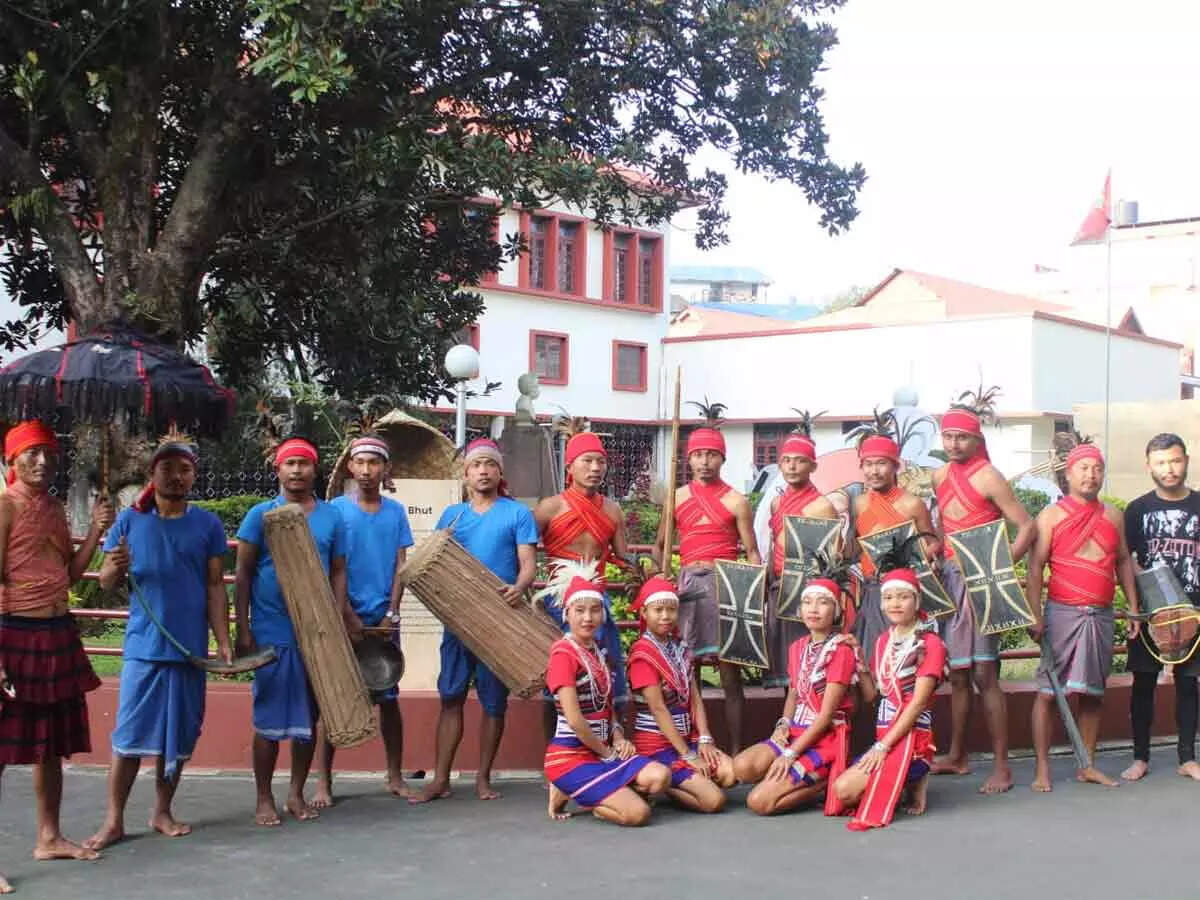Latest Education news – Board Exam Results, Admit Cards, Exam Paper Analysis and Question Papers | Times of India
GUWAHATI: In Rugapara village of East Garo Hills, the only village that used to speak Ruga language till the middle of the 20th century, the mother tongue virtually went extinct several decades ago. After TOI brought to light the plight of the language last year, researchers have recently found out three speakers in the Garo Hills of Meghalaya who are acquainted with basics of the original language with a hope that the language can still be rejuvenated.
The people in Rugapara generally speak in standard Garo and A’beng, another dialect of Garo language.
It is going to be a Herculean task for the linguists to reconstruct the language to the original state, with the dominant Garo language having prevailed in the Garo Hills region of Meghalaya till the Bangladesh border. Nevertheless, lead researcher, renowned linguist and retired professor of North Eastern Hill University, Caroline R Marak, has found a silver lining by identifying the three persons who still know the basics of Ruga.
Caroline, with the help of Bestwell Dajel Marak from Rugapara village, the area where the language was spoken, has found Suresh Rechil Marak, a surviving Ruga speaker. Suresh is now living in Pokirkona village near the India-Bangladesh border, about 20 km from border point Dalu. “Suresh is a farmer and is more well versed in Ruga culture, dance and music rather than the language,” said Caroline. Suresh has been unable to say anything on account of ill health when TOI contacted him, but Jebilla D Marak, another elderly lady, is another speaker who still lives in Rugapara, can be a key person in reconstructing Ruga.
“I can recall my mother tongue to some extent. But words that can make small sentences for daily use,” said Jebilla, one of the 1,000-odd villagers in Rugapara.
The third Ruga speaker that TOI traced with the help of Caroline is now settled at his wife’s home in Rongjeng village in North Garo Hills and is an octogenarian. Efforts are on to find out his name.
Incidentally, there are few from the younger generation who are on a mission mode to revive Ruga — both culture and language. Sengchim N Sangma, a member of the Garo Hills Autonomous District Council, who for some years had organised Ruga cultural functions, has learnt to speak basic Ruga with the help of the last surviving people having roots at Rugapara.
“Some Ruga people, despite old age, still have a memory of the language which their parents and grandparents spoke. With the information from them, it might be able to construct the language at a very basic level, first,” Caroline said. “The challenge is to reconstruct the language to take it to a higher level,” she added.
Ruga was studied by British linguist GA Grierson, with a skeleton grammar, samples of sentences, syntax and some vocabulary in the 20th century but there was no proper research till publication of the research work “The Ruga Language” (ABILAC. 2016) by Caroline R Marak.
The people in Rugapara generally speak in standard Garo and A’beng, another dialect of Garo language.
It is going to be a Herculean task for the linguists to reconstruct the language to the original state, with the dominant Garo language having prevailed in the Garo Hills region of Meghalaya till the Bangladesh border. Nevertheless, lead researcher, renowned linguist and retired professor of North Eastern Hill University, Caroline R Marak, has found a silver lining by identifying the three persons who still know the basics of Ruga.
Caroline, with the help of Bestwell Dajel Marak from Rugapara village, the area where the language was spoken, has found Suresh Rechil Marak, a surviving Ruga speaker. Suresh is now living in Pokirkona village near the India-Bangladesh border, about 20 km from border point Dalu. “Suresh is a farmer and is more well versed in Ruga culture, dance and music rather than the language,” said Caroline. Suresh has been unable to say anything on account of ill health when TOI contacted him, but Jebilla D Marak, another elderly lady, is another speaker who still lives in Rugapara, can be a key person in reconstructing Ruga.
“I can recall my mother tongue to some extent. But words that can make small sentences for daily use,” said Jebilla, one of the 1,000-odd villagers in Rugapara.
The third Ruga speaker that TOI traced with the help of Caroline is now settled at his wife’s home in Rongjeng village in North Garo Hills and is an octogenarian. Efforts are on to find out his name.
Incidentally, there are few from the younger generation who are on a mission mode to revive Ruga — both culture and language. Sengchim N Sangma, a member of the Garo Hills Autonomous District Council, who for some years had organised Ruga cultural functions, has learnt to speak basic Ruga with the help of the last surviving people having roots at Rugapara.
“Some Ruga people, despite old age, still have a memory of the language which their parents and grandparents spoke. With the information from them, it might be able to construct the language at a very basic level, first,” Caroline said. “The challenge is to reconstruct the language to take it to a higher level,” she added.
Ruga was studied by British linguist GA Grierson, with a skeleton grammar, samples of sentences, syntax and some vocabulary in the 20th century but there was no proper research till publication of the research work “The Ruga Language” (ABILAC. 2016) by Caroline R Marak.
Source link
Kangkan Kalita
#Hope #floats #Ruga #revival #researchers #find #speakers #language #Times #India
